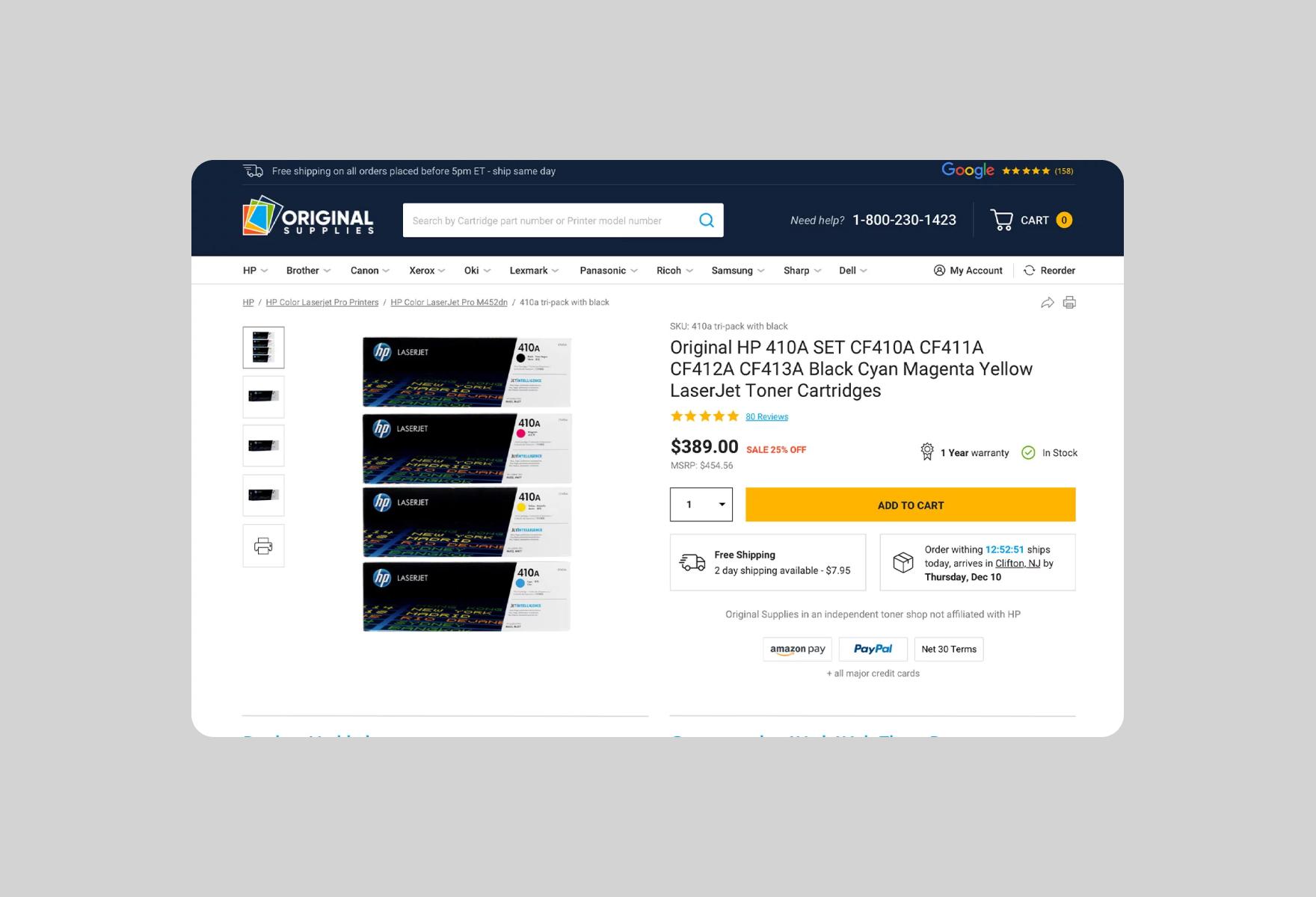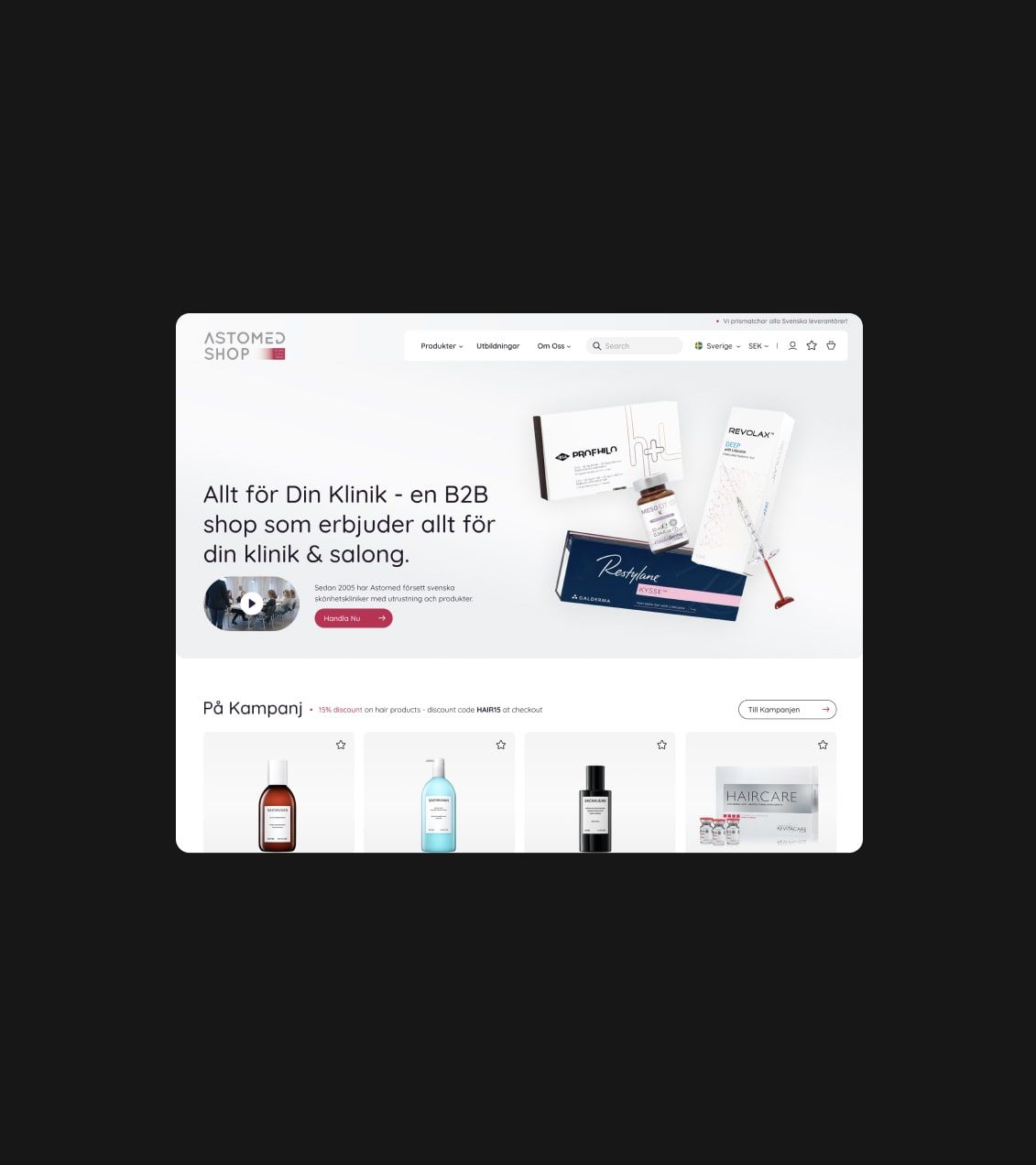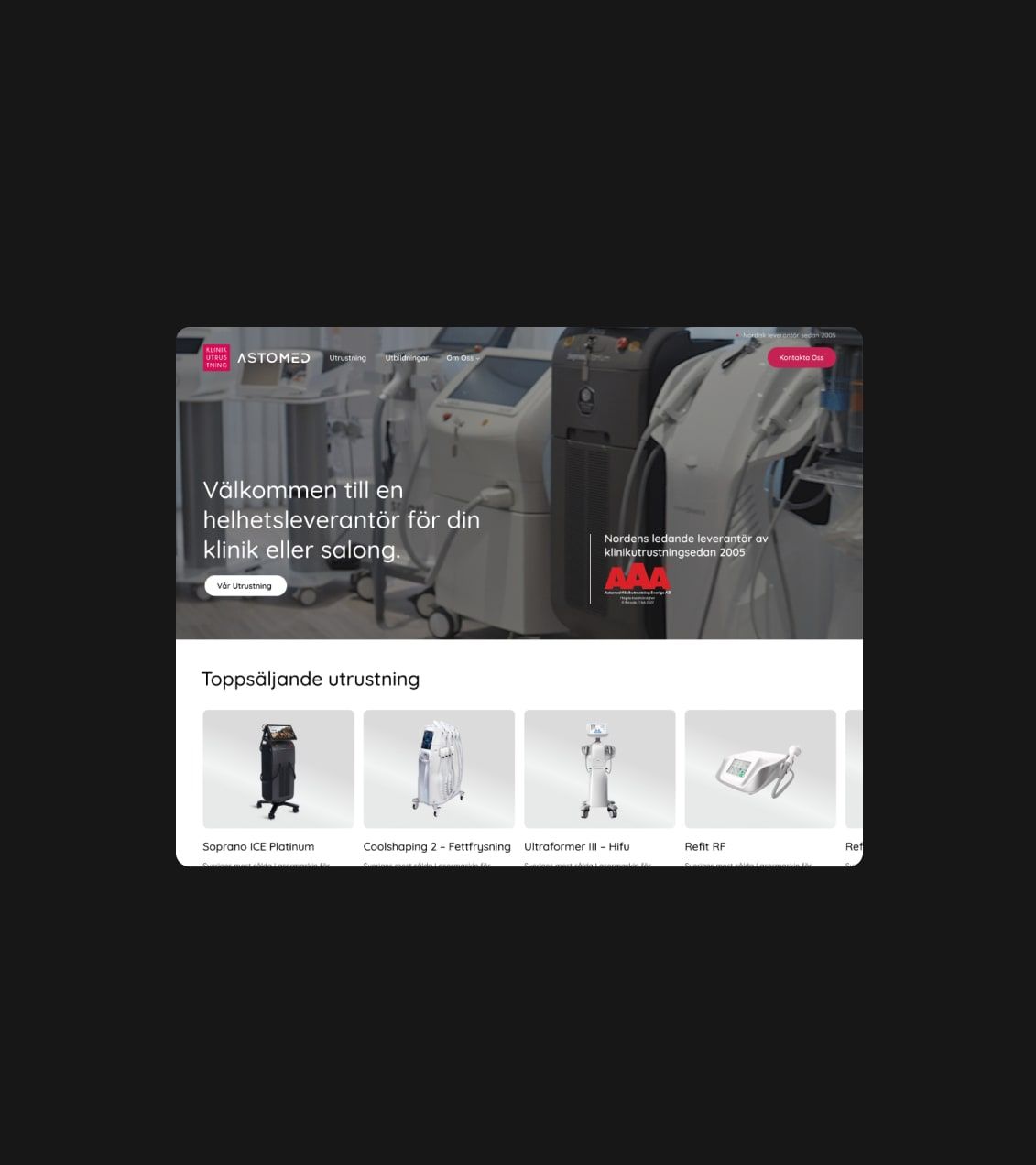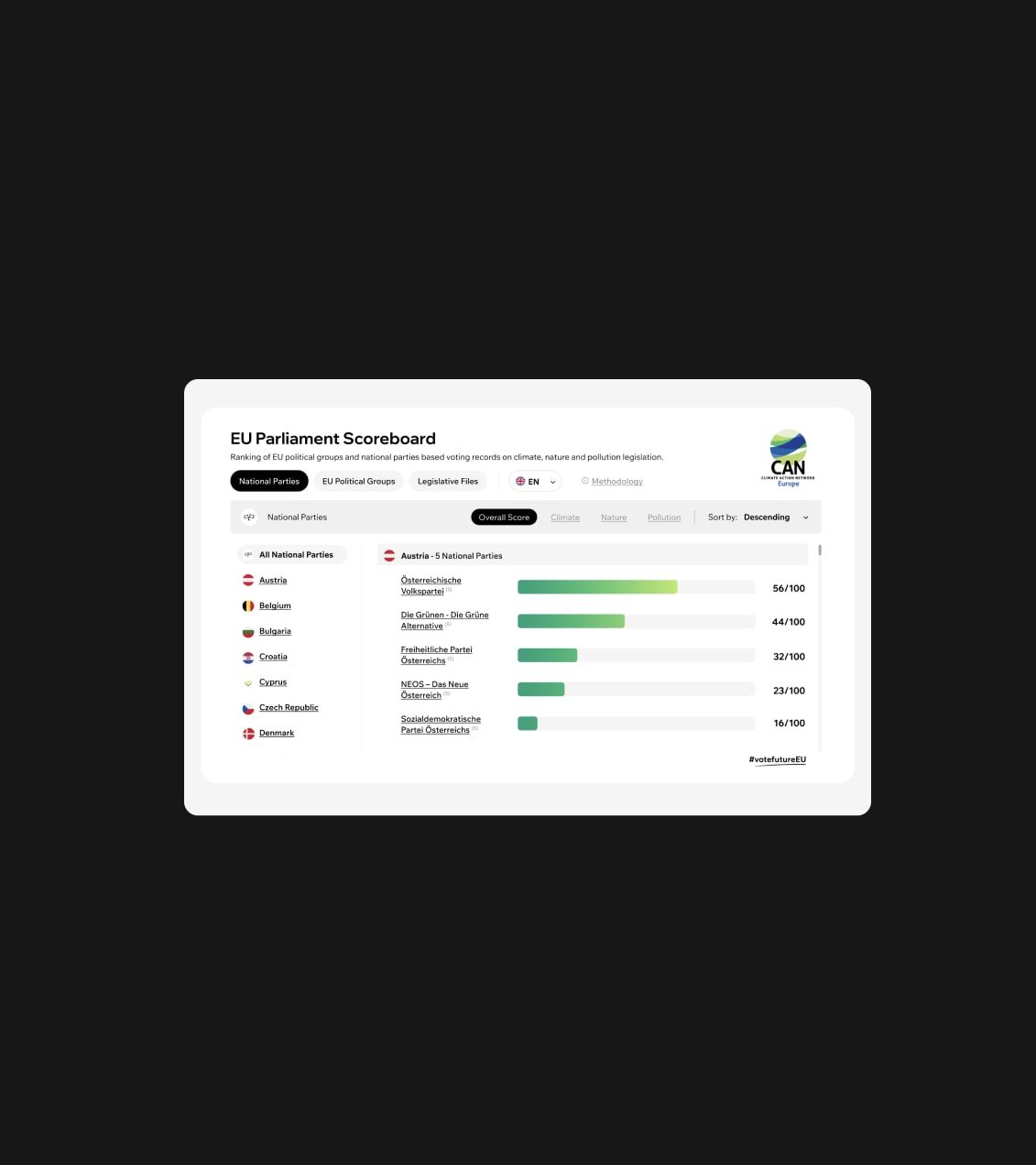
eCommerce design standards in 2023
It’s no secret that the eCommerce industry is growing, with sales hitting an all-time high of $4.206 trillion in 2020. More growth is on the horizon, with estimates of sales surpassing $6 trillion by 2022. With all of this activity going on, many eCommerce sites are offering their products to eager customers. As an eCommerce business, how are you supposed to stand out from the rest?
It all starts with a well-built website!
Trust and Security Factors

At one point, your customers will need to give you their payment information to buy your product. An attentive customer won’t hand over their credit card number to just anyone. They have to trust your business. In one study, Forbes reported nearly 80% of customers expected to see some trust seal on a website’s homepage. These seals include things like Shopify Secure, BBB Accredited Business, and McAfee Secure symbols. To capture and maintain your customers’ trust, ensure your website displays the security systems it uses.
Simple Yet Compelling Product Pages

Your products are what your customers will view, so make sure they are front and center. Create a detailed product page for each item you sell.
Follow these website design guidelines for your product pages:
- Make the pages consistent
- Provide large, high-quality photos on a white background
- Incorporate video when possible
- Implement persuasive calls-to-action
Another tip to remember is to provide just enough information on your product pages. The Harvard Business Review recommends you keep it simple. Don’t leave your customers guessing, but don’t overload them with unnecessary information.
If you’re struggling to perfect your product pages, give us a call. At Roud Studio, we specialize in all aspects of website design.
Usability

Another important eCommerce website design guideline is usability.
Stick to your company’s brand identity and adopt a clear visual hierarchy. Place the most important content near the top of each page. If you need to display more information closer to the top, try ditching some white space to bring certain elements closer together.
No matter how well-written your product pages, potential customers need a way to find them easily. Make your site’s search options as simple to navigate as possible—support different types of queries like product categories, names, and attributes.
Also, consider implementing an auto-complete functionality to simplify shoppers’ experiences with your site.
Optimized Shopping Cart & Checkout Experience

The shopping cart and checkout page are where your customers will end their buying journeys. Don’t lose them during these last vital steps!
Call-to-action buttons are your most critical tool with an eCommerce site. Be sure to include them on the shopping cart and checkout pages.
Some other design elements to follow:
- Feedback when a shopper adds an item to their cart
- A mini cart widget so customers can view their items on the page
- A progress bar to show shoppers how close they are to checkout
- A contact number or live chat
With superior customer experience and excellent eCommerce website design guidelines implemented, the rest will fall into place!
Article updated: 30 March 2023










